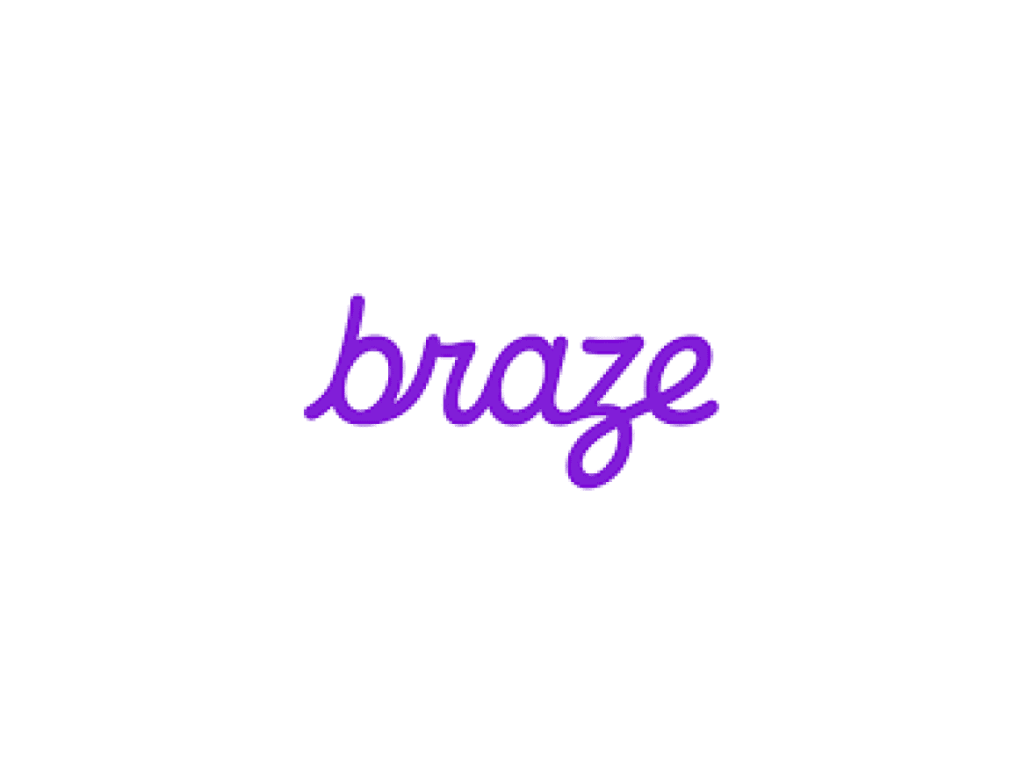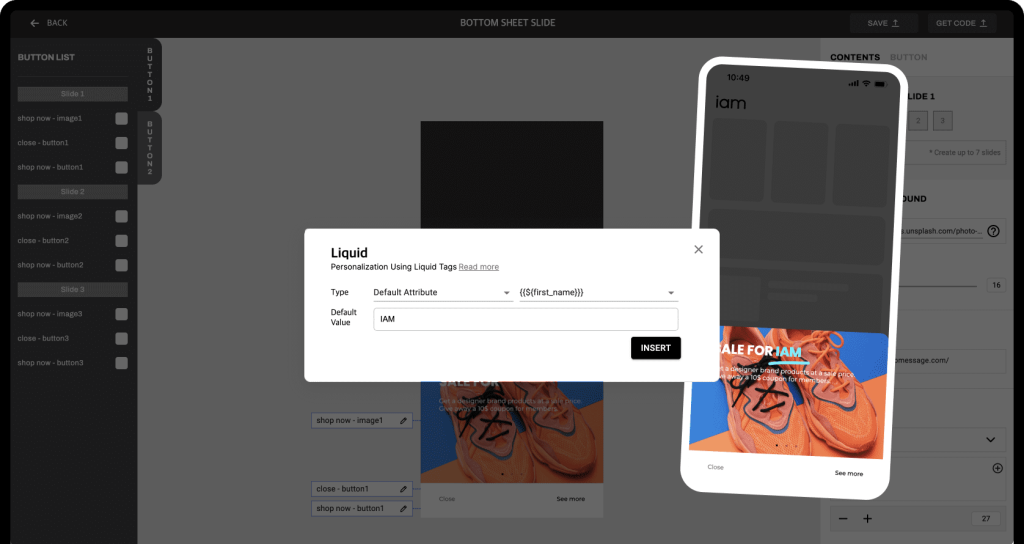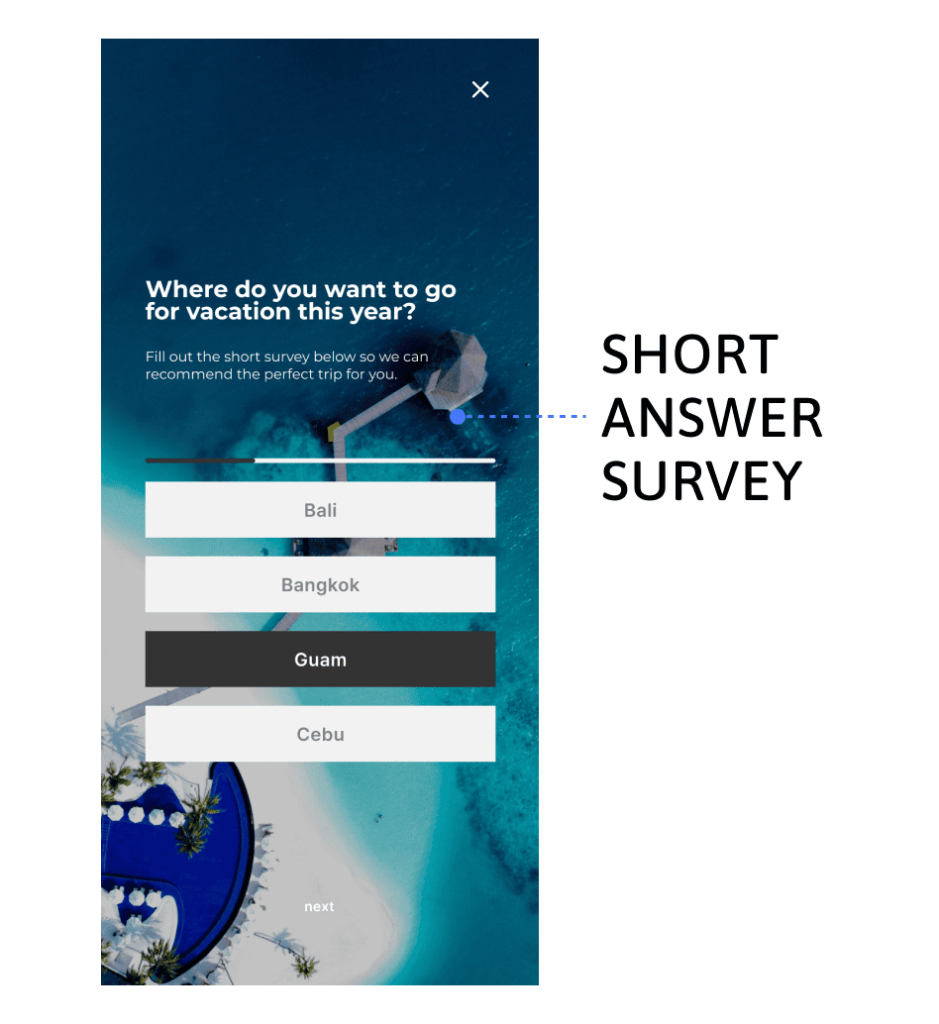In the dynamic world of customer relationship management (CRM), engaging users in real-time is key to building strong relationships and driving conversions. In-app message have emerged as an essential tool for CRM marketers, enabling personalized and timely communication directly within the app. By reaching users when they are most active, in-app message can lead to higher engagement, increased conversions, and long-term loyalty. In this post, we’ll explore 10 compelling benefits of in-app messaging for CRM marketers and how it can transform your marketing strategy.
Direct, Real-Time Communication
In-app message provide a direct line of communication with users when they are already engaged within your app. Unlike emails or push notifications, which may go unnoticed, it reach users while they are actively interacting with your product. This timing makes it easier to capture their attention and prompt immediate action, such as introducing a new feature or delivering important updates. With in-app message, you can offer real-time, contextual communication that resonates with users in the moment.
Personalized Experiences
Personalization has become a cornerstone of successful CRM strategies, and in-app message allow marketers to deliver highly tailored experiences. By leveraging user data-such as behavior, preferences, and demographics-you can craft personalized messages that feel relevant and timely. For instance, targeting users based on recent actions (e.g., abandoning a cart or browsing a specific product) can significantly increase engagement. Personalized in-app message create a deeper connection with users, driving both satisfaction and loyalty.
Pro Tip: Use dynamic content to adapt messaging to individual users, such as location-specific offers or product recommendations based on browsing history.
Boosting Engagement at Key Moments
In-app message boast higher engagement rates because they are delivered during moments when users are already engaged. These messages can be used to highlight important features, share product updates, or offer limited-time promotions. For example, informing users about a flash sale while they are browsing the app creates a sense of urgency that can drive immediate action. By catching users at the right time, in-app message can significantly increase interactions and lead to a more engaged user base.
Effective Onboarding
User onboarding is crucial for setting the foundation for long-term engagement. In-app message can guide new users through the app, offering tips, tutorials, or highlighting key features as they navigate. By delivering bite-sized information at the right time, you can ensure that users understand how to maximize the value of your app, improving both retention and satisfaction.
Example: Delivering a step-by-step onboarding flow that introduces users to essential features or benefits can reduce confusion and increase the likelihood that new users stick around.
Real-Time User Feedback and Surveys
Collecting user feedback is vital for continuous improvement, and in-app message offer a seamless way to gather it. You can deploy quick surveys or request ratings directly within the app to capture user sentiments in real time. This immediate feedback not only provides valuable insights into user preferences but also helps identify areas that need attention before they escalate into larger issues. The faster you gather feedback, the quicker you can make data-driven improvements.
Targeted Messages for Conversion Optimization
In-app message is highly effective for driving conversions, as they can be used to nudge users toward completing actions such as making a purchase, signing up for a newsletter, or redeeming an offer. By delivering timely and contextually relevant messages, you can push users toward key conversion points. For example, reminding users of items left in their cart or offering a discount at checkout can turn indecisive browsers into paying customers.
Tactic: A/B test different call-to-action buttons, offers, and messaging styles to see which drives the highest conversion rates.
Building Long-Term User Retention
Keeping users engaged over time is a critical challenge for CRM marketers. In-app message can help maintain ongoing engagement by offering value at key moments-such as personalized promotions, relevant content, or timely reminders. Regular, non-intrusive communication keeps users coming back and ensures they don’t forget about your app.
Pro Tip: Automate messages for key milestones (e.g., user anniversaries, product updates, or seasonal offers) to keep users engaged with minimal manual intervention.

Seamless Integration with CRM Platforms
In-app messaging works best when integrated with your existing CRM platforms like Braze, ensuring a unified view of user behavior and interactions. When in-app messaging is combined with other CRM tools (like email campaigns, customer segmentation, and analytics), marketers can create a more cohesive and data-driven strategy. Integration allows you to track the full customer journey across channels and make adjustments based on performance metrics.
Example: Integrating in-app message with your CRM enables you to create omnichannel campaigns that ensure consistency and personalization across touchpoints.
Cost-Efficient and Scalable
Compared to traditional marketing channels, in-app message is a cost-effective way to engage users. Once the initial infrastructure is in place, you can deploy messages at scale with minimal ongoing costs. This makes it an efficient option for companies looking to maximize impact without exhausting their marketing budget. Plus, automation tools allow you to scale in-app messaging efforts without the need for a large team.
Actionable Analytics for Continuous Improvement
One of the major advantages of in-app message is the ability to track and measure their effectiveness in real time. Marketers can analyze open rates, click-through rates, and user interactions to gauge the performance of each message. With access to these metrics, you can optimize your messaging strategy through A/B testing and refining content to match user preferences. This data-driven approach ensures that your in-app message evolve alongside your users’ needs.
Tactic: Regularly review performance data to identify trends and adjust message timing, content, or targeting for better results.
Conclusion
In-app message is a versatile and powerful tool for CRM marketers, providing a direct, personalized, and cost-effective way to engage users, drive conversions, and improve retention. By integrating in-app messages into your broader CRM strategy, you can create meaningful interactions with users at key moments, while also gathering valuable data to refine your approach. Start leveraging in-app messages today to see a significant impact on user engagement and business outcomes.
FAQ



Pingback: 4 Effective In-App Messaging Hacks to Own Micro-Moments